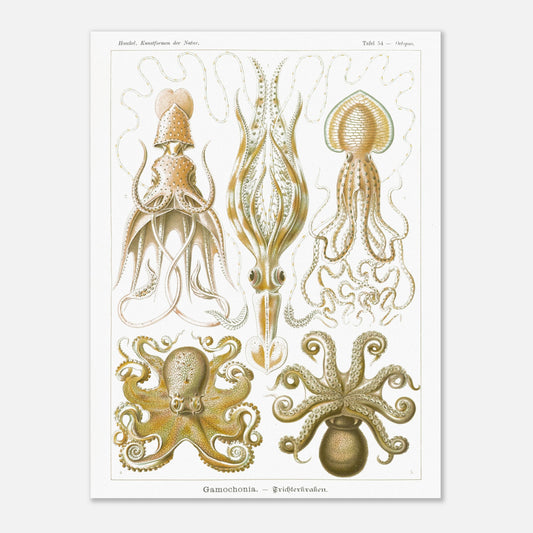Funnel-web Ctenophores - Scientific Observation Print - Ernst Haeckel, Kunstformen der Natur
Funnel-web Ctenophores - Scientific Observation Print - Ernst Haeckel, Kunstformen der Natur
Couldn't load pickup availability
Engraving reproduction of: Funnel-toed comb jellies
Original title Gamochonia - Trichterkraken
Octopus Poster - Mollusks of the Squid or Cephalopod class (Decapodiform Squid Order)
Illustration from the book Kunstformen der Natur, which is a collection of artistic lithographs of natural sciences published by the German biologist Ernst Haeckel between 1899 and 1904.
This naturalistic illustration is part of an overall style inspired by Ernst Haeckel, which greatly influenced the emerging Art Nouveau movement at the beginning of the 20th century. This work, illustrating the impressive beauty and great diversity of the biological world, was complemented by a certain amount of scientific information, some excerpts of which are reproduced below.
This information is over 120 years old and some of it may be outdated!
Scientific classification:
Mollusca Phylum Class Cephalopoda Gamochonian Legion, with tubular funnel
Scientific notice (extract) accompanying the poster print of Gamochonia - Funnel-claw combs :
The Kraken or "Tintenfische" illustrated on this plate belong to the young lineage of the Legion of the Gamochonian or "Cephalopodes mit Rohrtrichter". The "Trichter" here refers to the posterior part of the foot (Podium), that is to say the central sole or the plantar plate, which was used for crawling movement in the oldest mollusks just as in today's snails. In the ancient Legion of the Tomochonian or "Cephalopoden mit Spalttrichter", of which only one living species remains today, the "Nautilus", the two lateral lobes of the hind foot, the "Podiakallappen", were curved against each other and their edges overlapped, thus forming a rolled-up, tube-shaped leaf. In young Gamochonian, the edges of this leaf are completely fused, transforming the tube into a sail-shaped funnel, open at the top and bottom; In the center of Figure 2, this funnel is visible as a triangular organ between the head (bottom) and the body (top). Through the upper (larger) opening of the funnel, water is sucked in from the mantle cavity, and through the lower (smaller) opening, it is expelled during the contraction of the funnel; the body is then propelled by the powerful jet of water, the caudal fin moving forward over the back (bottom in Figure 1, top in Figures 2 and 3). The anterior part of the foot is divided into tentacles in all cephalopods, which have often developed into powerful arms. Because these arms radially encircle the large head (with a pair of powerful eyes), the krakens are called "Kopffüßler". In all living krakens (except the Nautilus), the highly mobile and muscular arms are equipped with robust suckers, usually arranged in two rows. The family of Octopods (Octolenae, Figures 4 and 5) has eight of these capturing arms. In the family of Dekapods (Decolenae, Figures 1-3), two more special, very elongated capturing arms are added. These only have suckers at their thickened tips and can be retracted into special ventral pouches. All living krakens are Dibranchia; one exception is the old Nautilus with its Spalttrichter, in which the respiratory organs are doubled; it thus represents the special group of Tetrabranchia. The large calcareous shell, filled with air chambers, which the Nautilus shares with the ammonites shown on Plate 44, is reduced or completely lost in most living Gamochonians. The shimmering, variegated skin shows a wonderful play of colors in living krakens.
Species present on the Funnel-toed Ctenophores - Octopus naturalist board :
- Chiroteuthis veranyi
- Histioteuthis rüppellii
- Pinnoctopus cordiformis
- Octopus vulgaris
- Octopus granulatus
About this print
About this print
The layout and composition of this reproduction have been the subject of our greatest attention.
- Respect for the format of the original work: in order to faithfully transcribe the artist's intention, the work is not cropped/re-cut except in extreme cases (obvious imperfection, geometry problem, etc.) in which case the cropping will be as light as possible.
- The presence of white margins is sometimes necessary in order to present the work in a balanced manner.
- Each size offered has been specifically composed, therefore, the size of the white margins may vary from one print size to another. Remember to check this detail carefully!
- Print only, frame not included!
Features
Features
- Premium 200gsm matte white paper, durable and strong.
- Natural, smooth uncoated finish, silky to the touch
- FSC certified paper or equivalent certifications depending on regional availability.
- Each print is shipped in sturdy packaging, ensuring safe transport.
- Each print is printed and shipped on demand. No minimum order quantity is required.
Share !
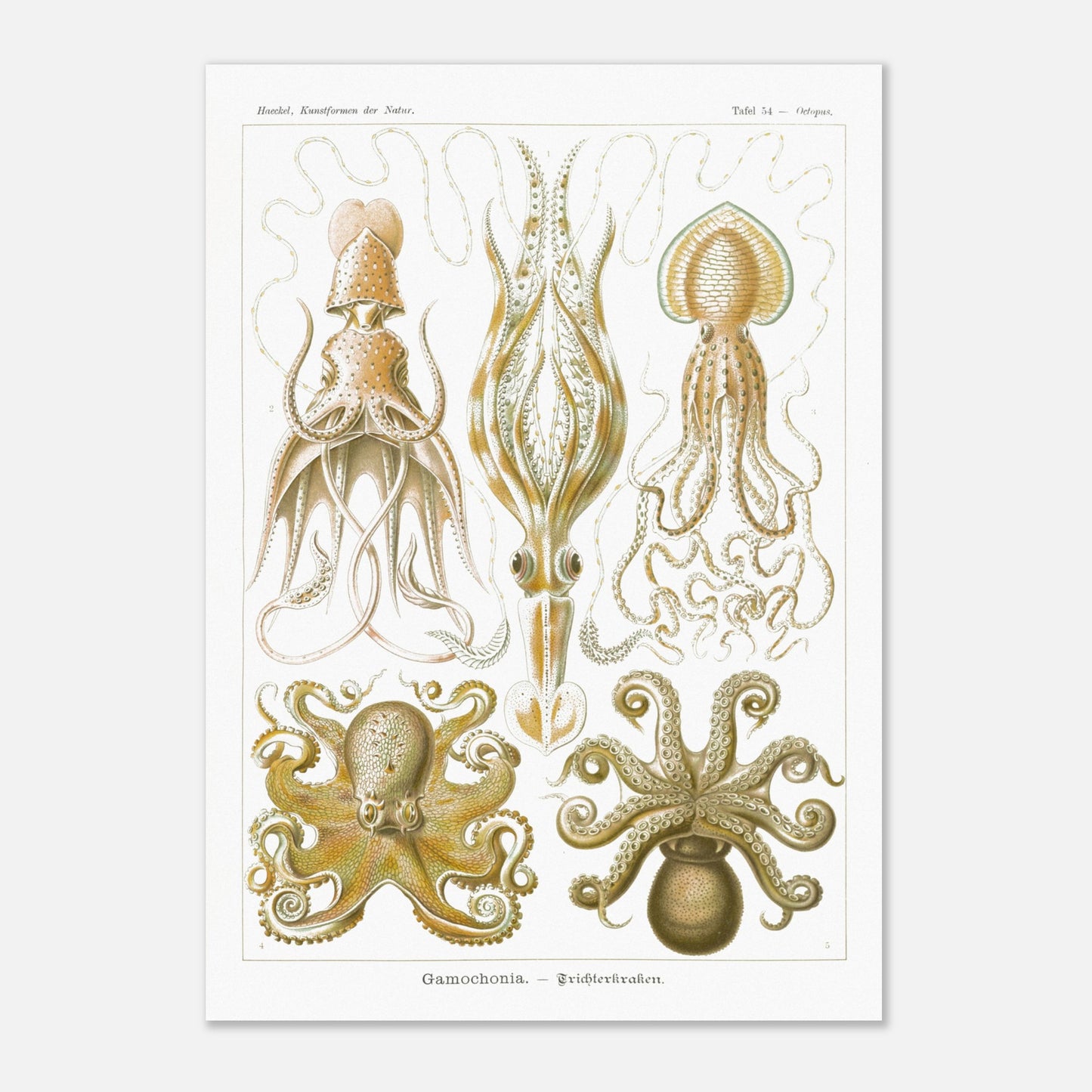
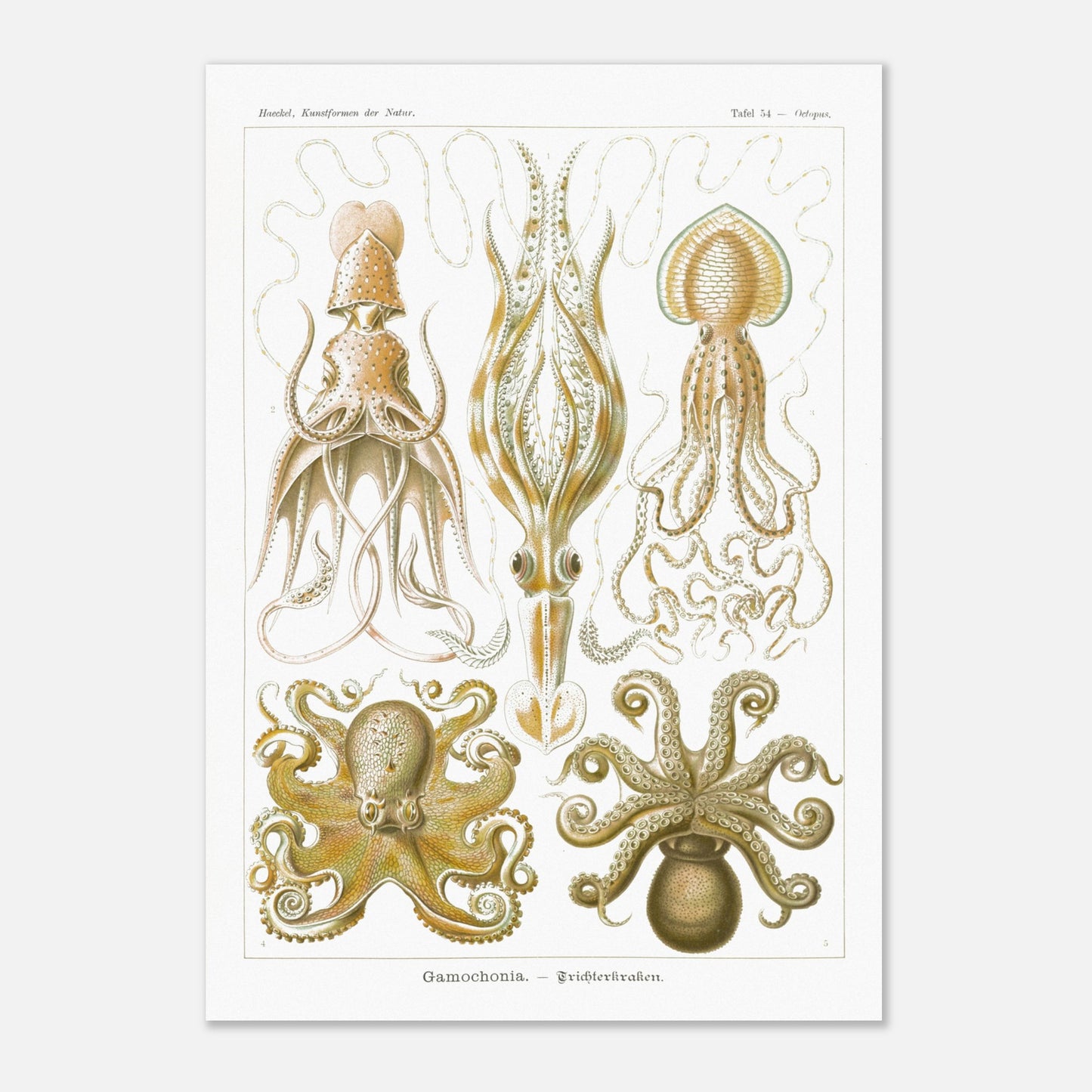
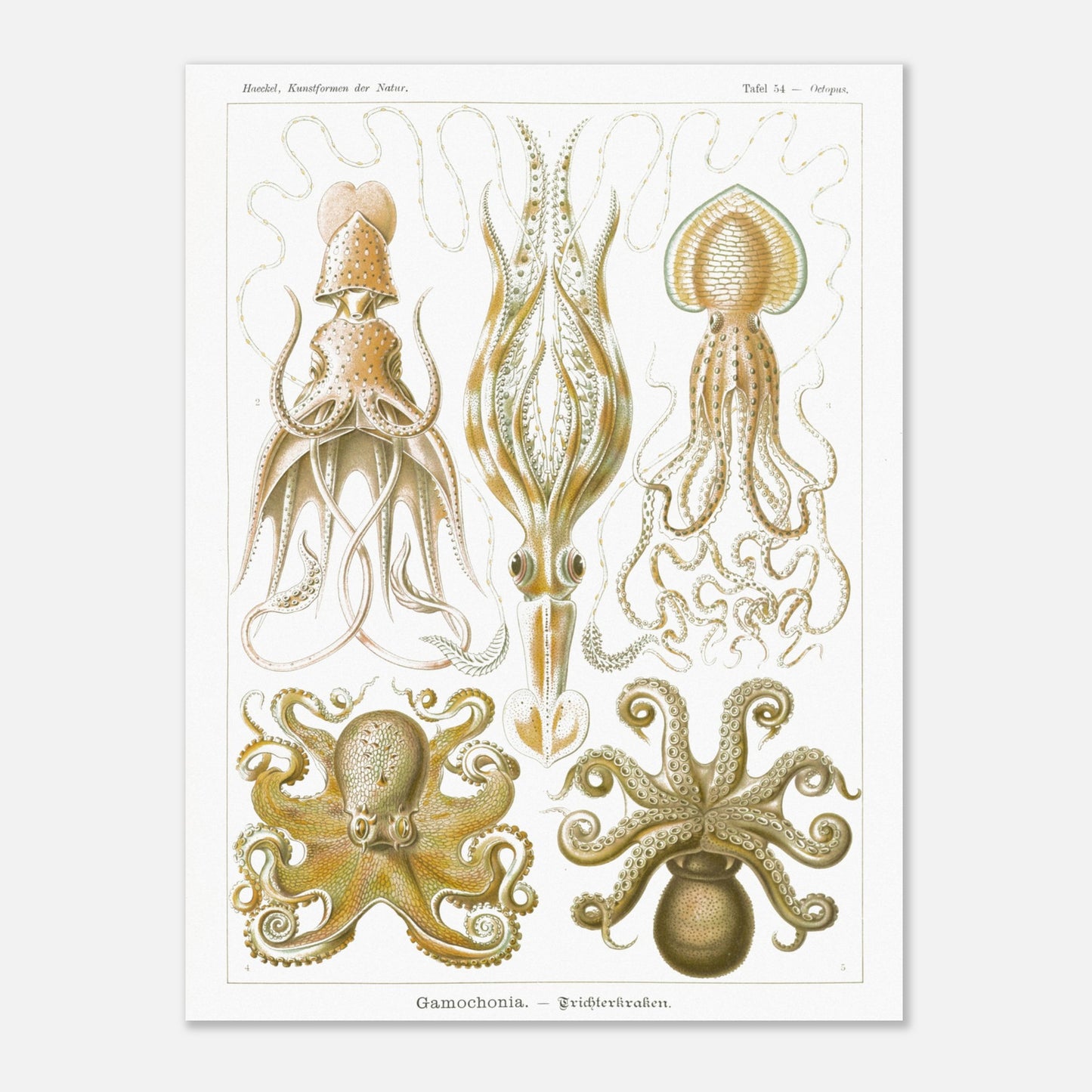
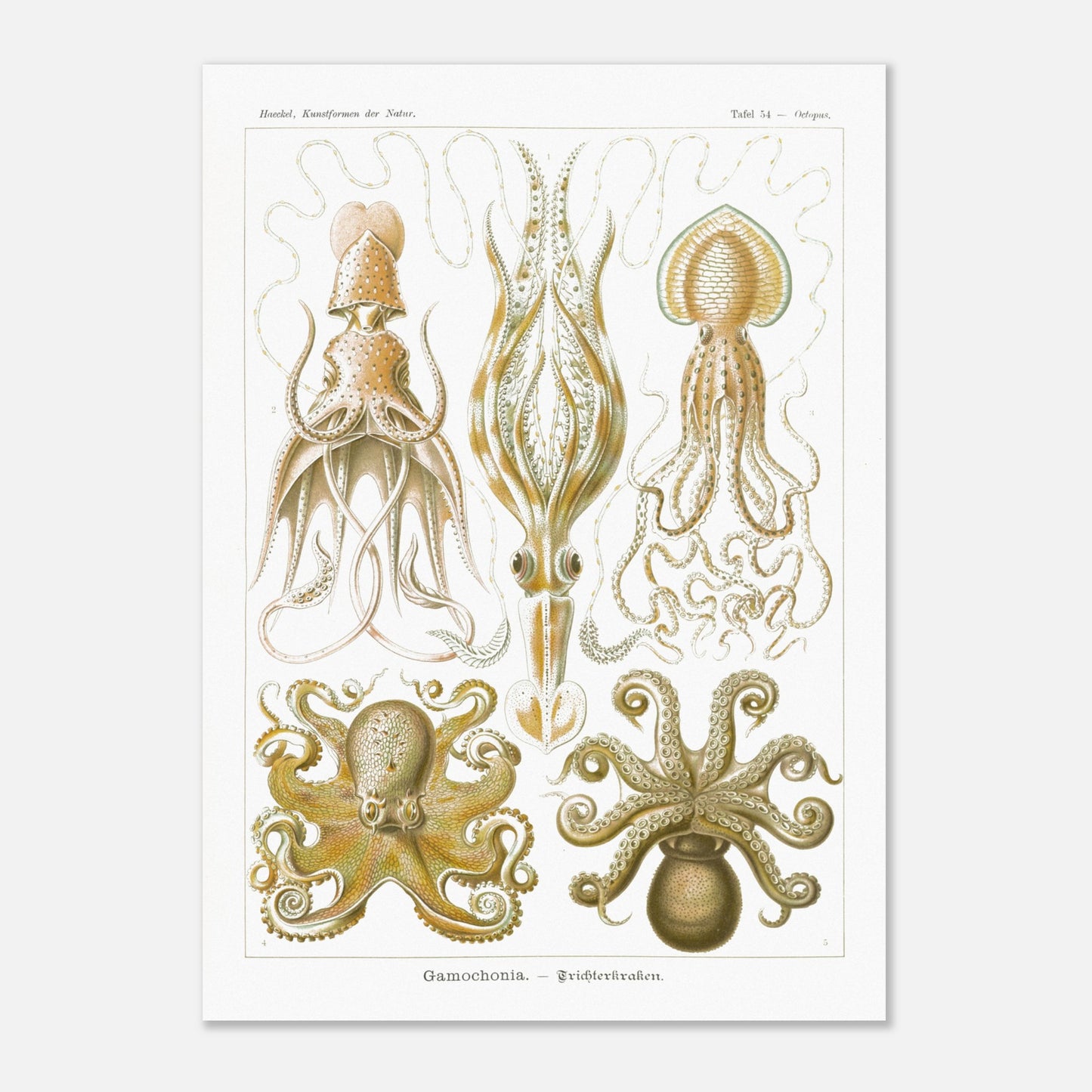
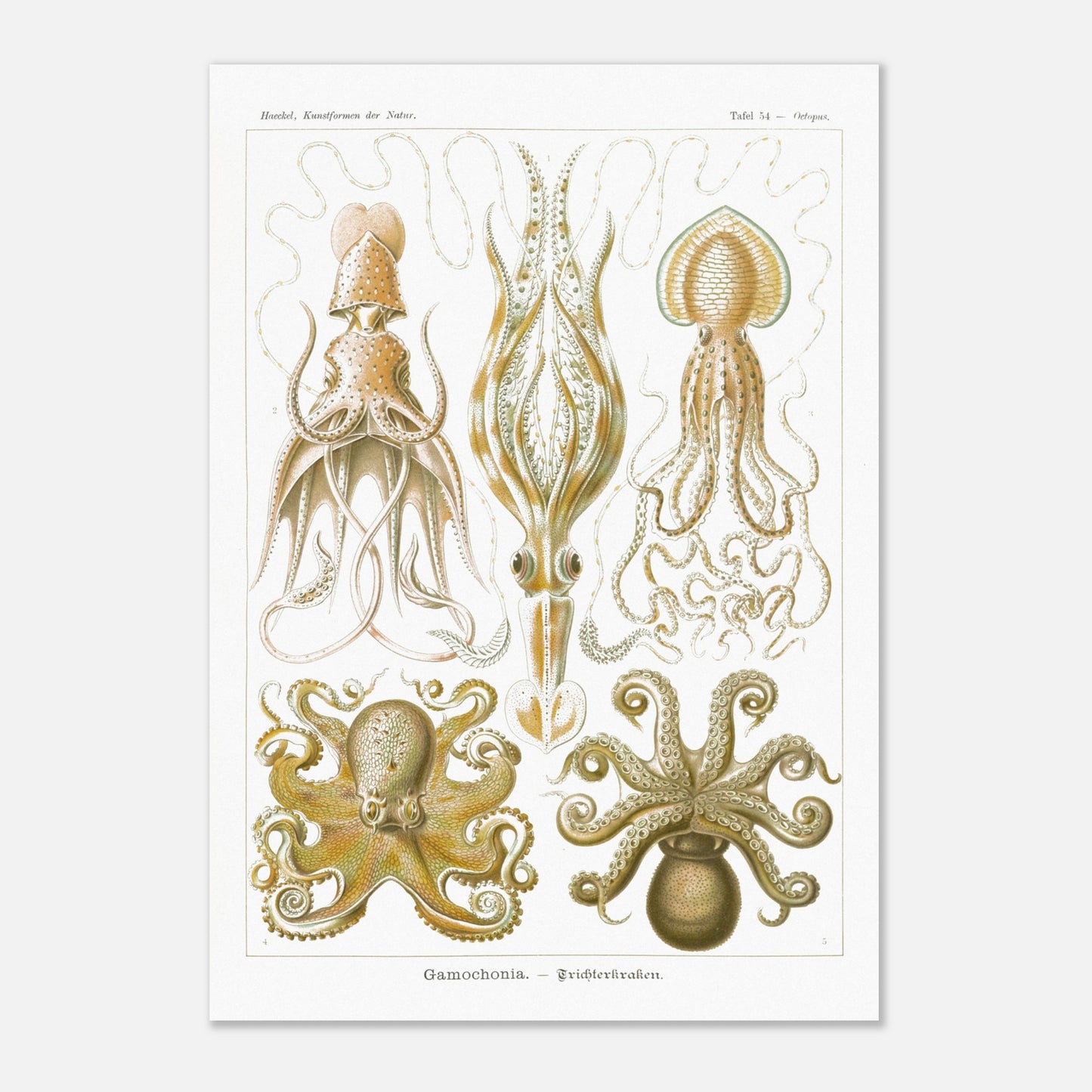
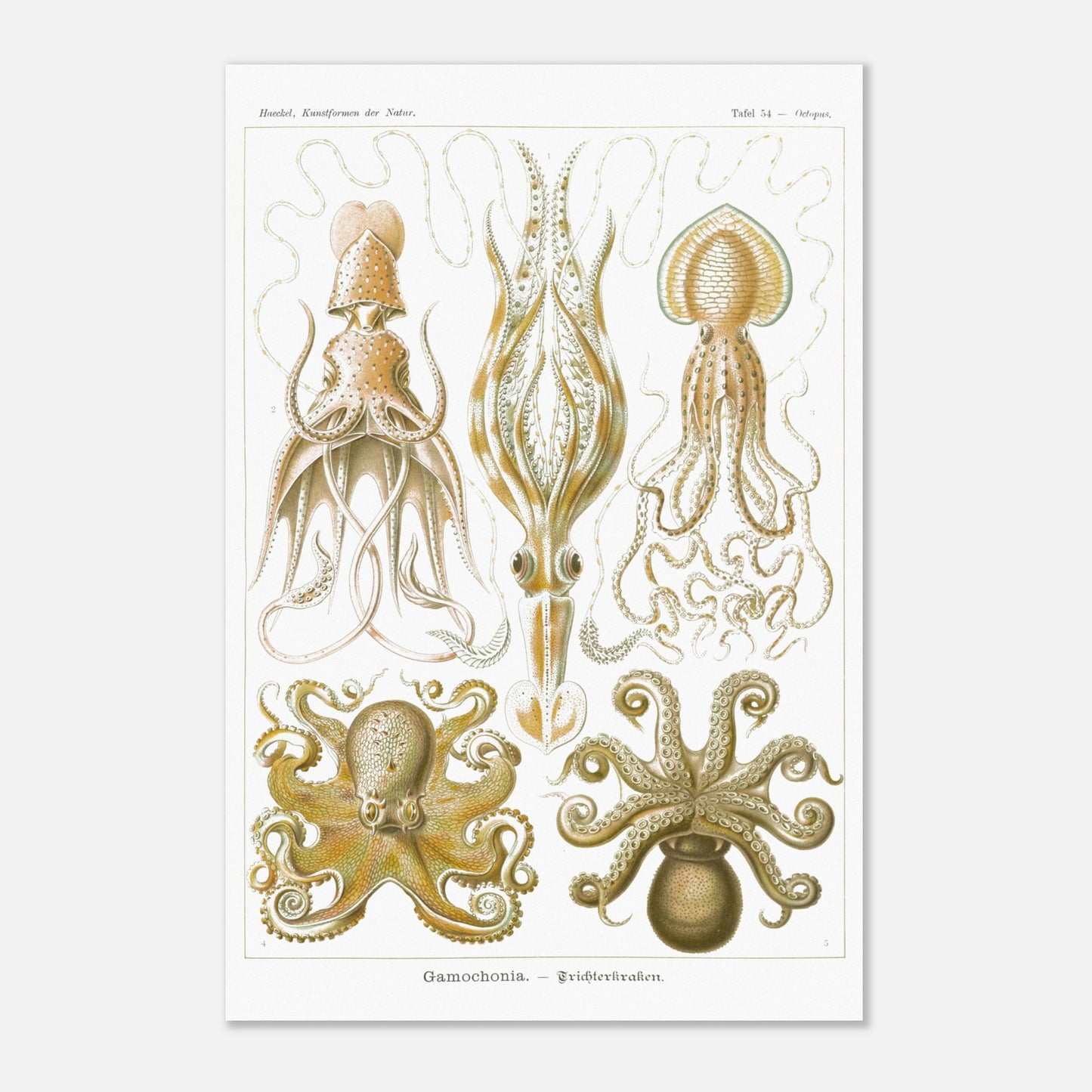

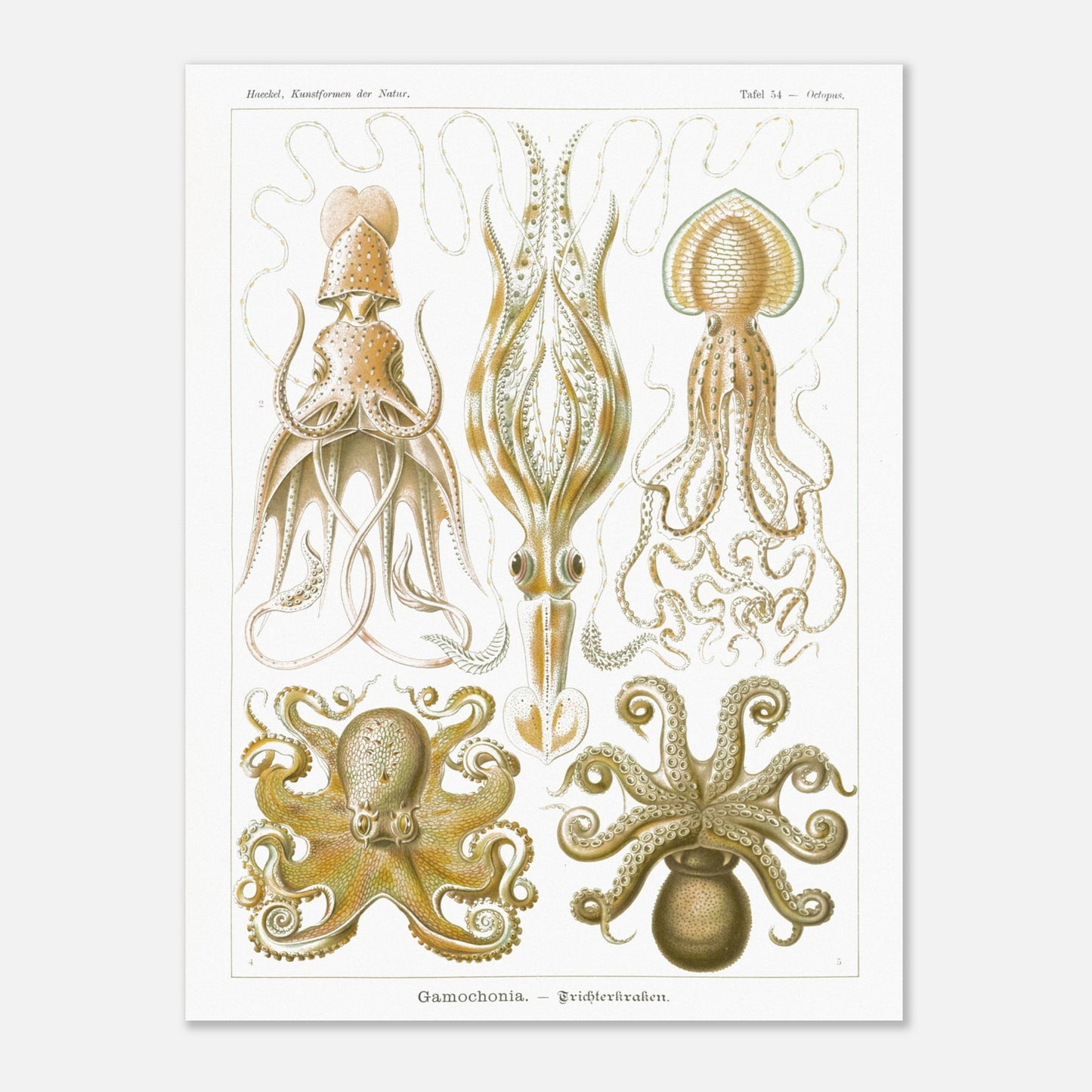
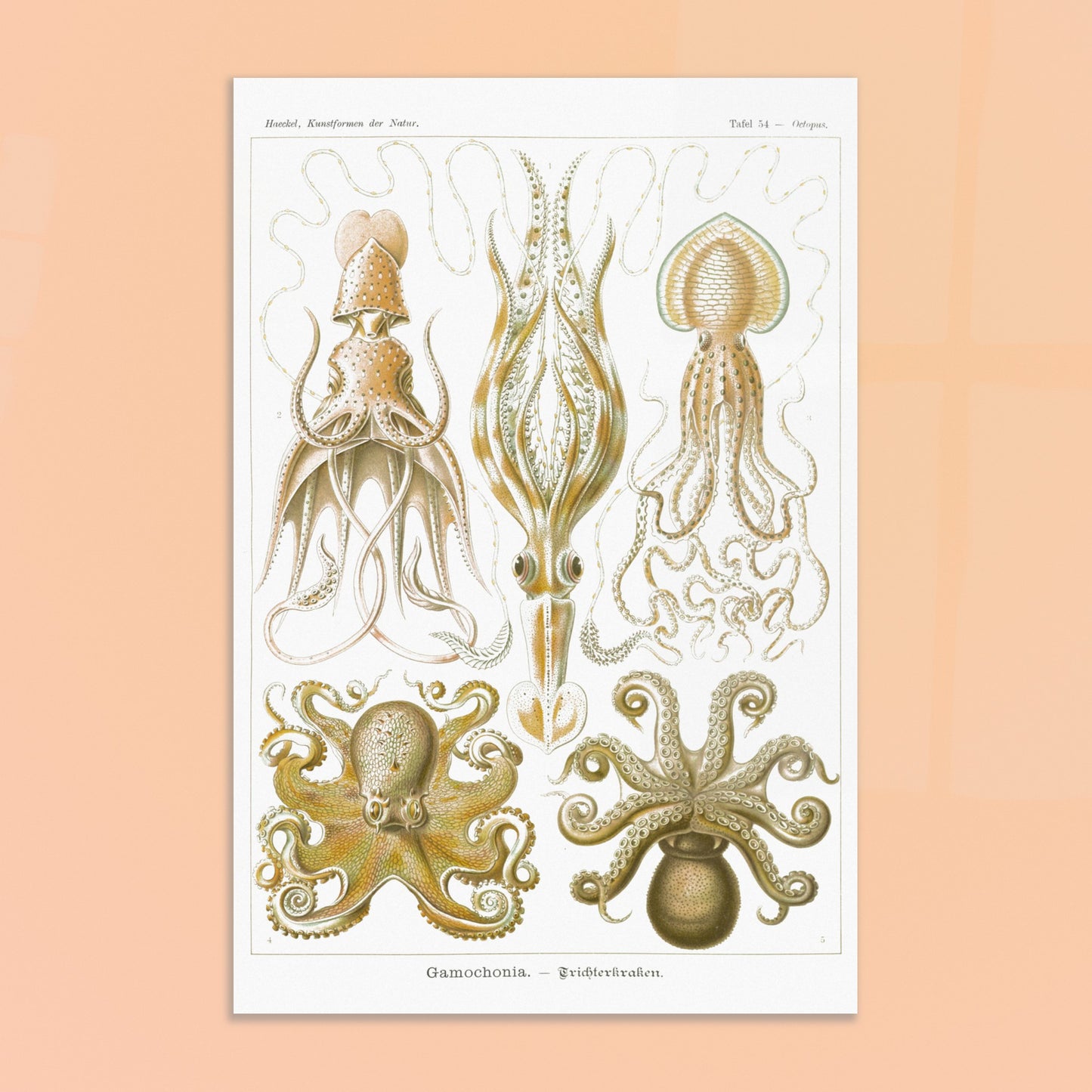
We are listening to you
If you are looking for a specific composition, a particular layout, or any other customization need, our team is at your disposal and will do everything possible to meet your requests.
So don't hesitate to...




